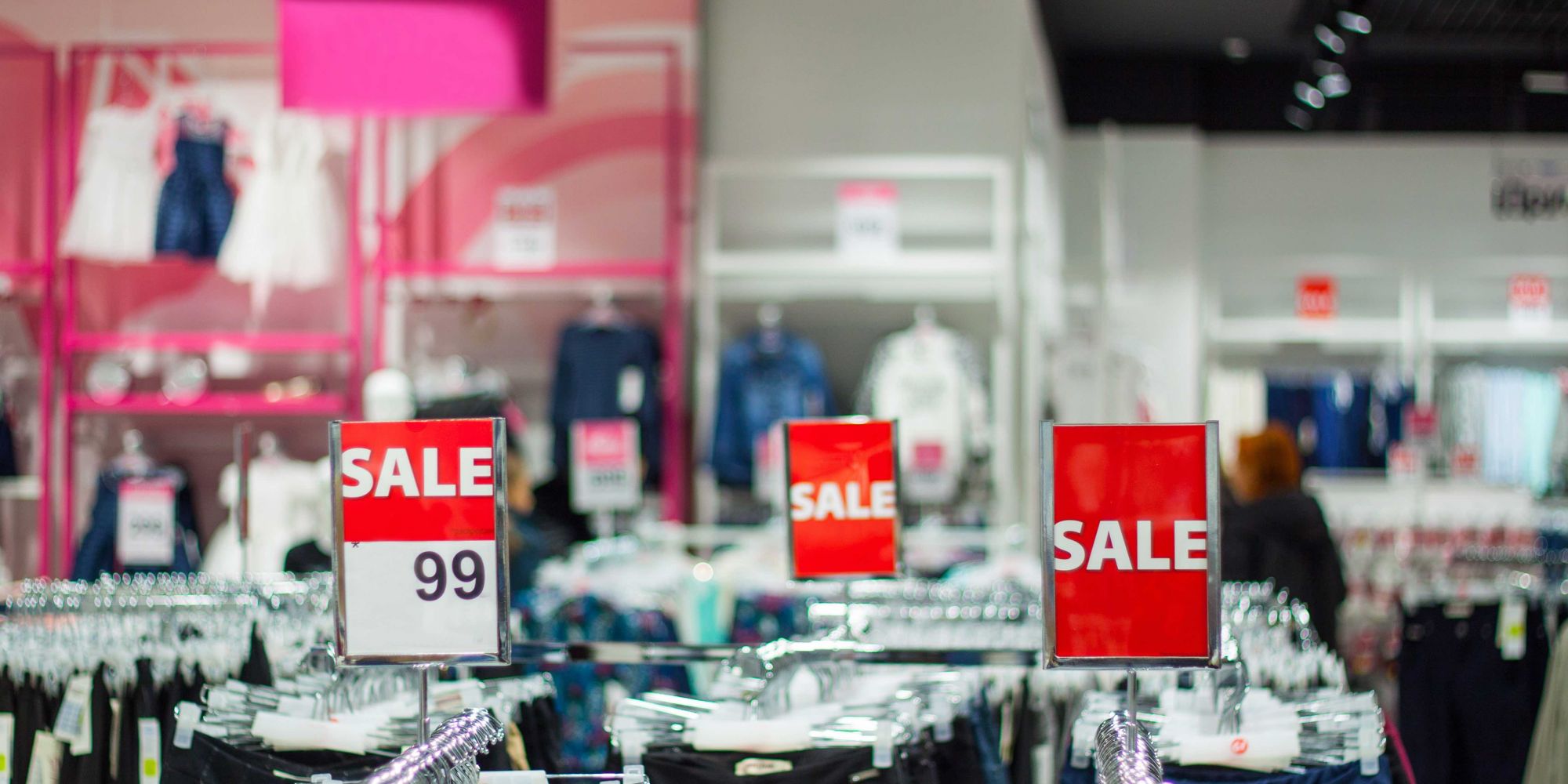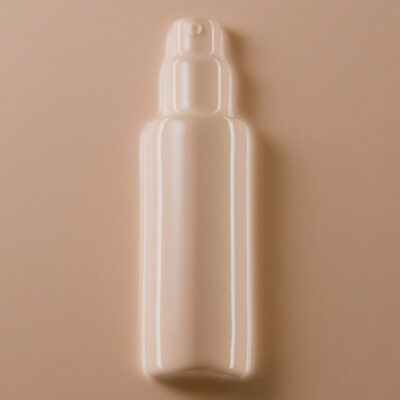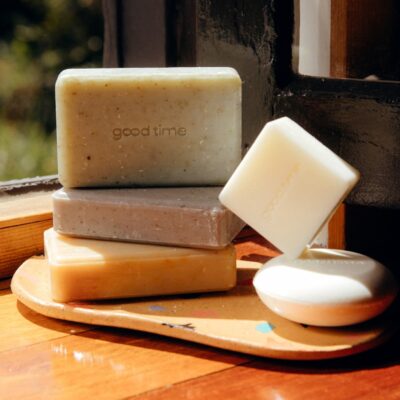
Inside The Blossoming Relationship Between Indie Beauty Brands And Off-Price Retailers
You don't have access yet!
Unlock Premium Content Today
Unlock full access to exclusive, premium-only features:
- Daily News
- Trend Reports
- Expert Dialogues
- Retail Reports
- + More!
Signup now for access to exclusive articles and resources to help you grow your business
Join Premium Already a subscriber? Login here



